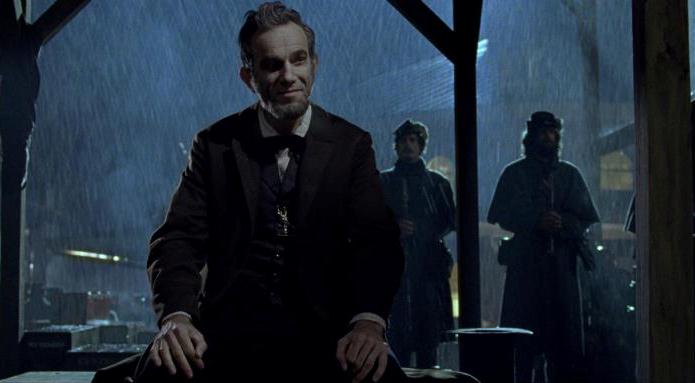

While they initially resented Lincoln for his success, they grew to respect his political savvy. They also brought gravitas to the new administration. All six were more educated, better known, and had more government experience than Lincoln himself. Next, Lincoln appointed former Democrats to build bipartisan support: Secretary of the Navy Gideon Welles, Postmaster General Montgomery Blair, and Secretary of War Edwin Stanton. These appointments also extended representation to crucial states from the northeast, old northwest, and border states. Chase of Ohio became secretary of treasury, and Missouri’s elder statesman Edward Bates became the attorney general. Seward of New York became the secretary of state, Governor Salmon P. First, Lincoln selected former Republican Party rivals for three of the most important cabinet positions: Senator William H. He recognized that cabinet appointments offered a valuable opportunity to build coalitions and strengthen tenuous bonds between factions remaining in the Union. President Lincoln carefully selected his department secretaries to bring diverse skills and perspectives into his cabinet. To lead the nation during the looming crisis, Lincoln appointed a group of opinionated, stubborn, and powerful secretaries, which became known as his “team of rivals.” Captured beautifully by historian Doris Kearns Goodwin and then featured in the film Lincoln, Lincoln’s cabinet is one of the best known in American history. While he had no way of knowing the extent challenges ahead, a pall hung over the celebrations as the nation hovered on the brink of civil war. On March 4, 1861, Abraham Lincoln took the oath of office and became the sixteenth President of the United States.


 0 kommentar(er)
0 kommentar(er)
